1. “American Woman” by The Guess Who
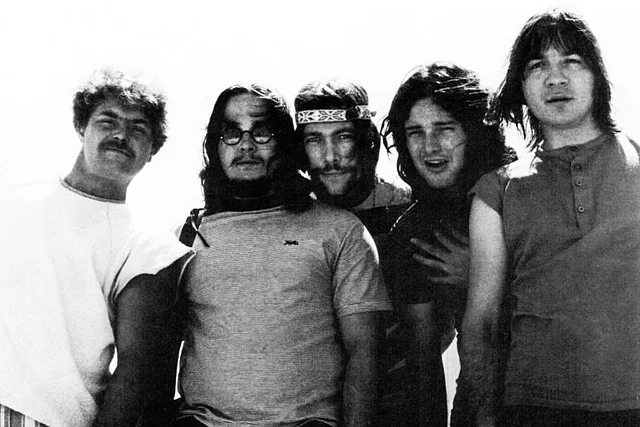
American Woman was released in 1970 and became a powerful anthem of defiance and independence, striking a chord with the counterculture movement of the time. With its biting lyrics and bold guitar riff, the song became an instant classic. The track captured the frustration and anger of a generation, offering a musical rebellion against the establishment. It reached No. 1 on the Billboard Hot 100 and became one of The Guess Who’s biggest hits.
Despite its historical significance and enduring popularity in certain circles, American Woman has been largely overshadowed by other classic hits from the ’60s and ’70s. While it remains a staple on classic rock stations, its cultural relevance has faded in modern times, leaving it as a forgotten gem for newer generations of listeners. What was once a fierce anthem now feels like a relic of a bygone era.
2. “I Can See Clearly Now” by Johnny Nash
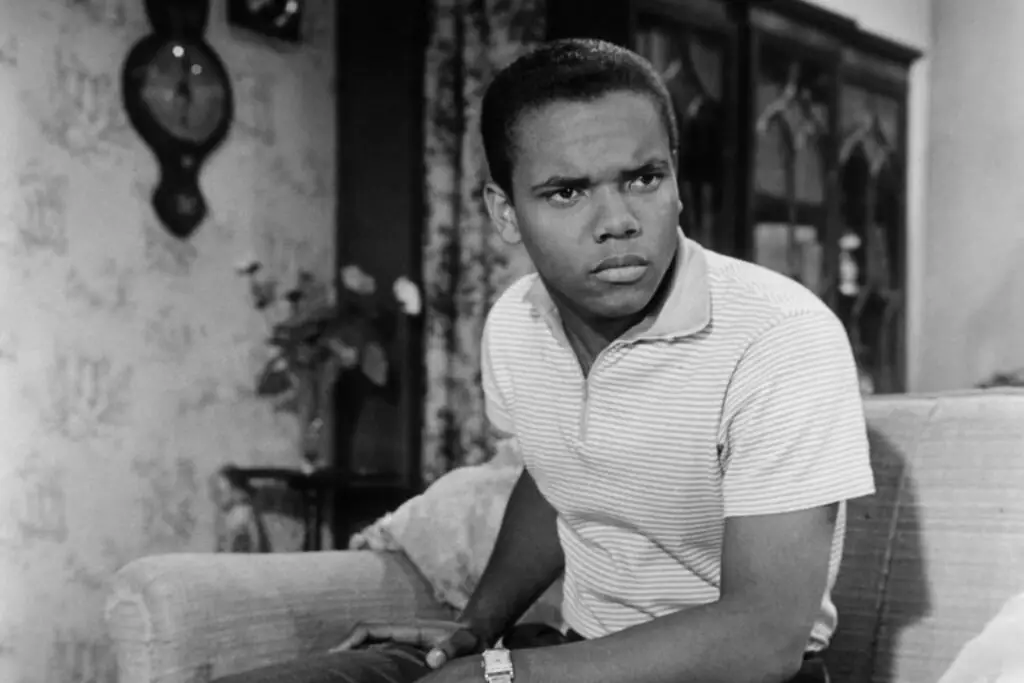
Released in 1972, I Can See Clearly Now became an instant feel-good anthem. With its joyful rhythm and optimistic lyrics, Johnny Nash’s track was the perfect tune for a nation emerging from the chaos of the ’60s. The song topped the charts and became an enduring symbol of hope, capturing the spirit of a more optimistic, sunny future. The combination of Nash’s smooth delivery and the song’s uplifting message made it a cross-generational hit.
However, despite its success and timeless message, I Can See Clearly Now has faded from mainstream popularity. While it still finds its way onto nostalgic playlists, it’s not the massive hit it once was, rarely making it onto today’s pop charts. Its uplifting message remains relevant, but its once-storied prominence has diminished over time, now remembered as a classic rather than a chart-topping force.
3. “Spill the Wine” by Eric Burdon & War
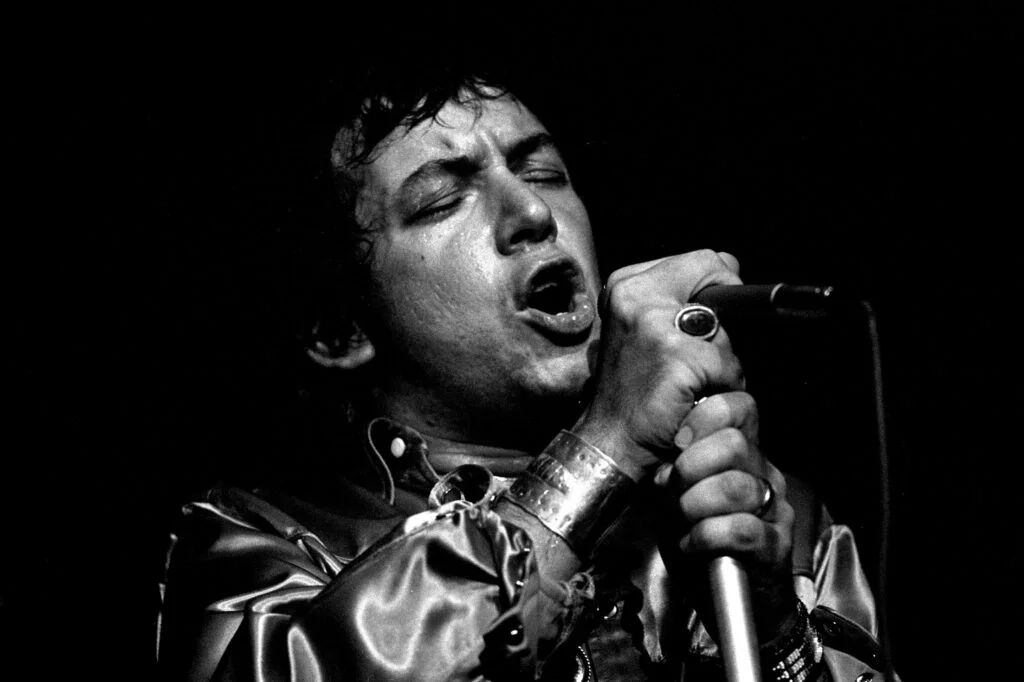
Released in 1970, Spill the Wine blended Latin, rock, and funk, creating an unlikely yet captivating hit. Eric Burdon, with his distinct voice, teamed up with the dynamic group War to create a song that was unlike anything else on the radio at the time. The funky rhythm, quirky lyrics, and laid-back groove captured the freewheeling, experimental spirit of the ’70s. Despite being a hit, it never quite achieved the same cultural stature as other iconic songs of the era.
Though Spill the Wine was a top-charting song, its legacy has faded over the decades. While it remains a nostalgic favorite for ’70s music lovers, it’s now largely forgotten outside of retro playlists. The song, once a global hit, has become a forgotten relic, overshadowed by other hits from the same era. It’s remembered for its funky vibe, but its once-pivotal place in the music scene is now often overlooked.
4. “Frankenstein” by Edgar Winter Group

When Frankenstein was released in 1973, it immediately stood out as one of the most innovative and experimental tracks of its time. With its combination of progressive rock, jazz, and electronic elements, it was a genre-defining track. The instrumental piece, with its mind-blowing synthesizer riffs and intricate guitar solos, was groundbreaking for its time and became a huge hit, reaching No. 1 on the charts. It was a song that pushed boundaries, changing what audiences expected from rock music.
However, despite its massive popularity in the ’70s, Frankenstein is now more of a forgotten classic. While it paved the way for the electronic rock genre, it has largely been left behind in favor of other rock anthems from the same era. Its once revolutionary sound is now rarely heard on mainstream radio, leaving it to be remembered by those who still appreciate the creative risks that defined its time.
5. “In the Summertime” by Mungo Jerry
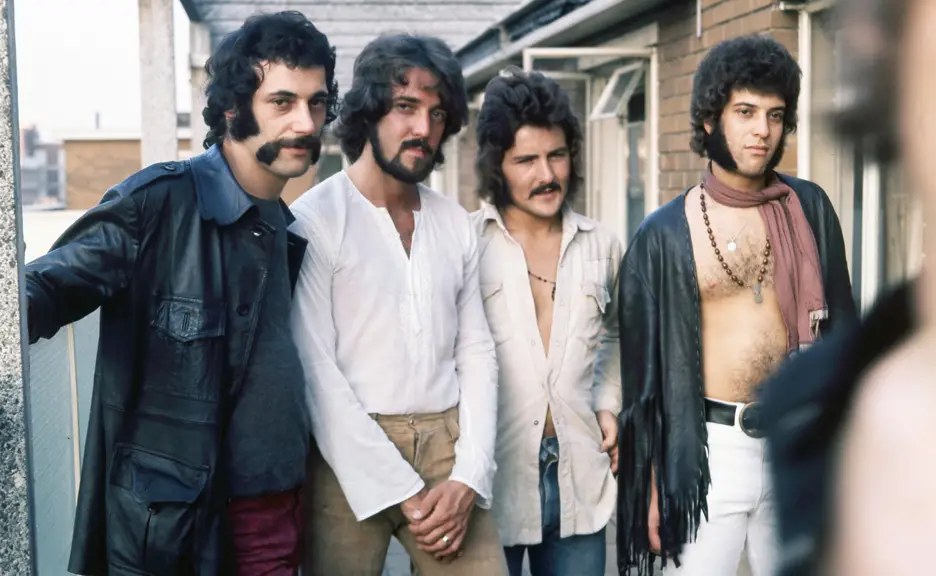
Mungo Jerry’s In the Summertime, released in 1970, became the ultimate summer anthem, capturing the carefree spirit of the season with its upbeat rhythm and simple yet evocative lyrics. The song’s infectious melody, combined with its laid-back vibe, made it a favorite on beaches and at summer parties. It topped the charts in multiple countries and became one of the best-selling singles of the ’70s. The track perfectly embodied the free-spirited culture of the time, and its upbeat energy made it a timeless classic.
Today, In the Summertime is occasionally heard in nostalgic commercials or summer-themed playlists, but it rarely gets the widespread airplay it once did. While still remembered fondly by those who grew up with it, the song no longer has the same cultural presence it once did. Once the anthem of summers everywhere, it has faded from the mainstream spotlight and is now a fun, nostalgic tune that pops up mostly during the warmer months.
6. “Love Train” by The O’Jays
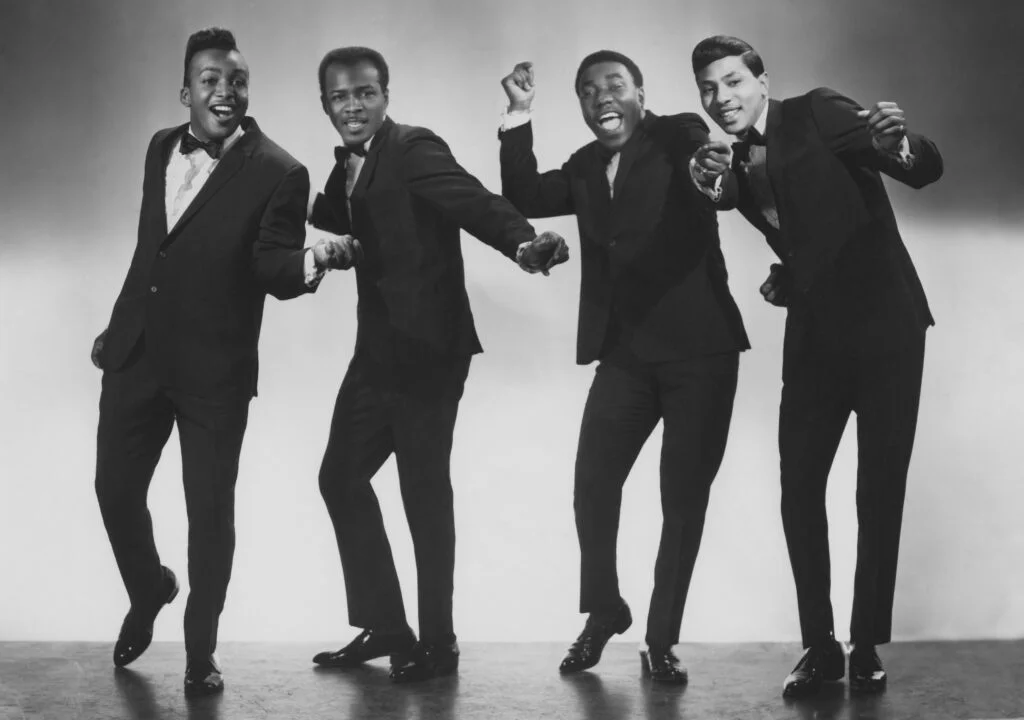
Released in 1972, Love Train became a powerful anthem for peace and unity during a time of social and political unrest. With its infectious rhythm and hopeful lyrics, the song called for people from all around the world to come together and spread love. Its message of positivity and togetherness resonated deeply with listeners, and the song became one of The O’Jays’ biggest hits. The track topped the charts, and its catchy refrain made it a sing-along favorite.
Although Love Train was a massive hit, it has faded somewhat from mainstream airwaves. While still considered a classic of the soul genre, the song doesn’t get the airplay it once enjoyed. Its message of unity and love is as relevant today as it was in the ’70s, but the track no longer occupies the cultural space it once did. It remains a fond memory of the era but is now often overlooked by younger generations.
7. “What’s Going On” by Marvin Gaye

Released in 1971, What’s Going On became a defining song of the ’70s, capturing the social and political unrest of the time. The song’s smooth soul melody paired with its potent lyrics about war, poverty, and civil rights made it one of the most influential songs in the history of soul music. Marvin Gaye’s heartfelt delivery created a song that transcended its era, giving voice to the struggles and frustrations of the time. It became a cultural touchstone, heralded for its ability to address important issues through music.
Today, What’s Going On remains a critically acclaimed classic, but it doesn’t hold the same prominent place in the mainstream as it once did. While the song’s message still resonates, it’s often overshadowed by other iconic songs from the same era. Its cultural and social significance is undeniable, but What’s Going On no longer occupies the central space it once did on popular music charts or playlists.
8. “Rapper’s Delight” by The Sugarhill Gang
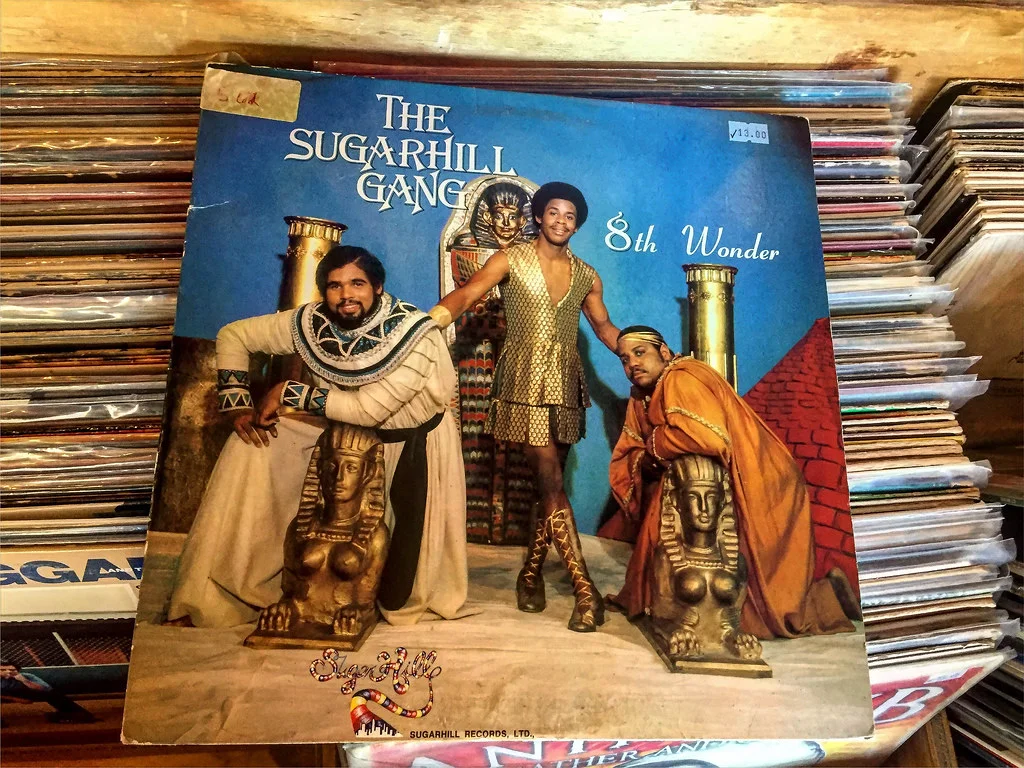
Released in 1979, Rapper’s Delight became a game-changer for the music industry, introducing hip-hop to a wider audience. The track was the first rap song to hit the mainstream charts, and its catchy hooks and infectious rhythm made it an instant hit. The Sugarhill Gang’s fun and funky approach to rapping helped establish hip-hop as a force in popular music, and Rapper’s Delight became a pivotal track in the genre’s evolution.
However, Rapper’s Delight has now been somewhat overshadowed by the more complex and polished sounds of modern hip-hop. While it remains a foundational track for the genre, it doesn’t have the same level of recognition it once did. The song’s groundbreaking role in the development of hip-hop is often acknowledged, but it’s no longer as prominent in contemporary discussions about rap and its history.
9. “Bang a Gong (Get It On)” by T. Rex

Released in 1971, Bang a Gong (Get It On) quickly became one of T. Rex’s most iconic tracks. The song, with its infectious riff and bold, glam rock energy, perfectly captured the flamboyant, experimental spirit of the early ’70s. Marc Bolan’s magnetic charisma and the song’s swaggering beat helped cement its place in rock history. It became an anthem for the glam rock movement, and its impact is still felt today.
Despite its groundbreaking status, Bang a Gong (Get It On) has faded somewhat from the mainstream. While it’s still beloved by fans of glam rock, it’s no longer a frequent presence on contemporary playlists. The track’s influence on rock music is undeniable, but its cultural dominance has diminished, making it a nostalgic classic rather than a chart-topping hit.
10. “Mama Told Me (Not to Come)” by Three Dog Night

Released in 1970, Mama Told Me (Not to Come) was a funky, rollicking track that became an instant favorite. With its quirky lyrics and playful tone, the song told the story of someone who had been warned about the dangers of a wild party, making it both fun and cautionary. The track reached No. 1 on the Billboard Hot 100 and became one of Three Dog Night’s defining songs.
Despite its chart-topping success, Mama Told Me (Not to Come) has faded into the background of ’70s music. Though it remains a lively, memorable tune, it no longer holds the same cultural weight it once did. The song, once an anthem of fun and party vibes, is now a nostalgic throwback that’s rarely heard on today’s airwaves.
11. “Let’s Stay Together” by Al Green
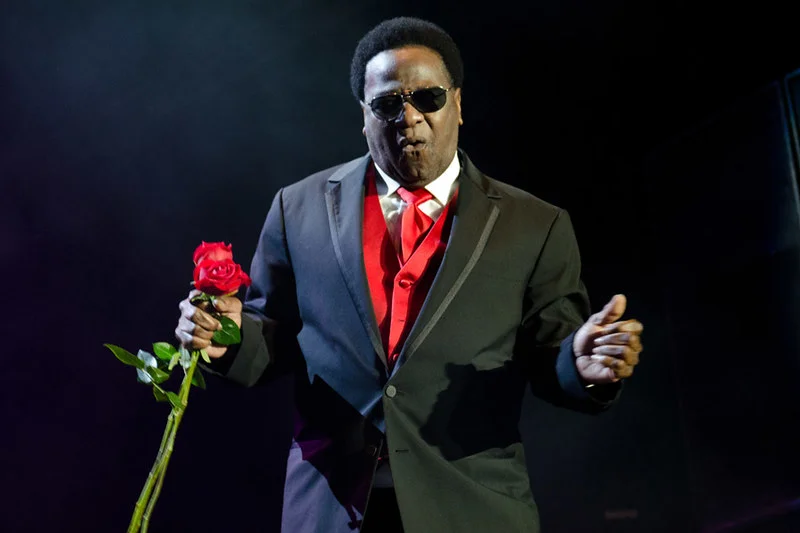
Let’s Stay Together, released in 1972, became one of Al Green’s most enduring hits. With its smooth groove, soulful melody, and heartfelt lyrics, it quickly captured the hearts of listeners and became a defining song in the soul and R&B genres. The track became a crossover hit, reaching No. 1 on the Billboard Hot 100 and solidifying Green’s place as one of the genre’s biggest stars. The song’s timeless appeal has made it a wedding favorite and an enduring classic.
Today, Let’s Stay Together is still recognized as one of the greatest soul songs of all time, but it doesn’t receive the same level of airplay it once did. While it remains a staple on old-school R&B stations, it’s often overlooked by younger listeners in favor of newer hits. Though its influence is undeniable, the song has become more of a nostalgic classic than a mainstream favorite.
12. “I Want You Back” by The Jackson 5
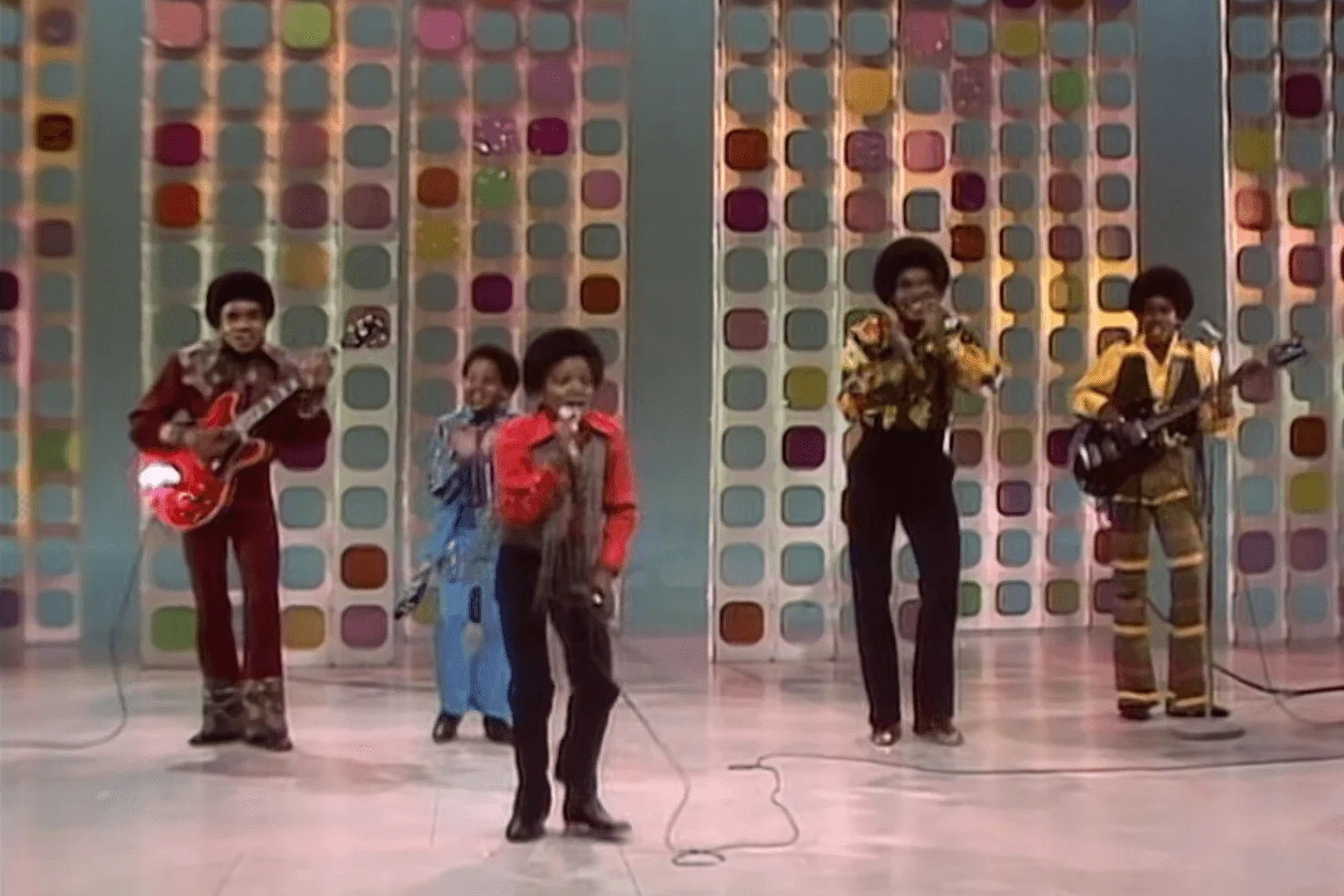
Released in 1970, I Want You Back was a massive hit for The Jackson 5 and remains one of the defining songs of Motown. With its catchy rhythm and Michael Jackson’s energetic vocals, the track became a cultural phenomenon. It was a major chart-topping success and helped solidify The Jackson 5 as one of the most influential groups of the era. The song’s upbeat energy and infectious melody captured the joy and optimism of the time.
Although I Want You Back remains a well-loved classic, it’s often overshadowed by Michael Jackson’s later solo success. The song may no longer dominate the radio waves as it once did, but it still holds a beloved place in the hearts of many. As a classic of Motown and pop music, I Want You Back has endured, but its place in the mainstream music scene has become less central over time.
13. “Tainted Love” by Soft Cell
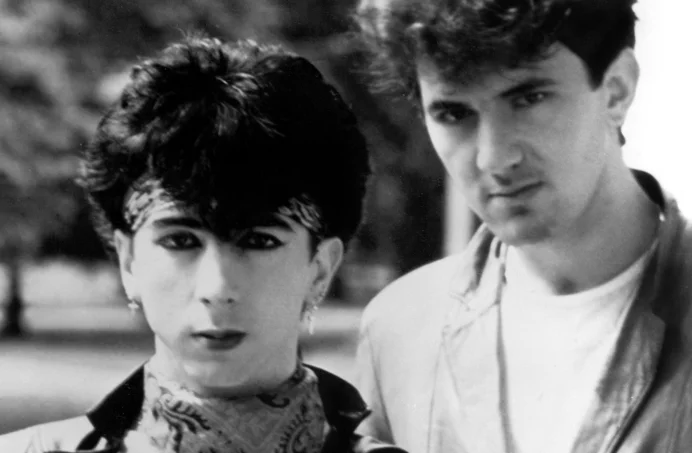
Originally recorded by Gloria Jones in 1965, Soft Cell’s 1981 cover of Tainted Love became an international hit, reaching No. 1 in several countries. The haunting, synth-driven track became synonymous with the new wave and synthpop movements of the early ’80s. Its catchy melody, combined with its dark and emotional lyrics, made it one of the most iconic songs of its time.
Although Tainted Love remains a staple on retro playlists, it’s not as widely recognized as it once was. Despite its popularity during the ’80s, it has faded from mainstream airwaves and is now often considered a nostalgic relic. The song still holds strong in the hearts of fans of new wave and ’80s music, but it has largely been overshadowed by newer pop hits and forgotten by newer generations.
14. “The Night the Lights Went Out in Georgia” by Vicki Lawrence
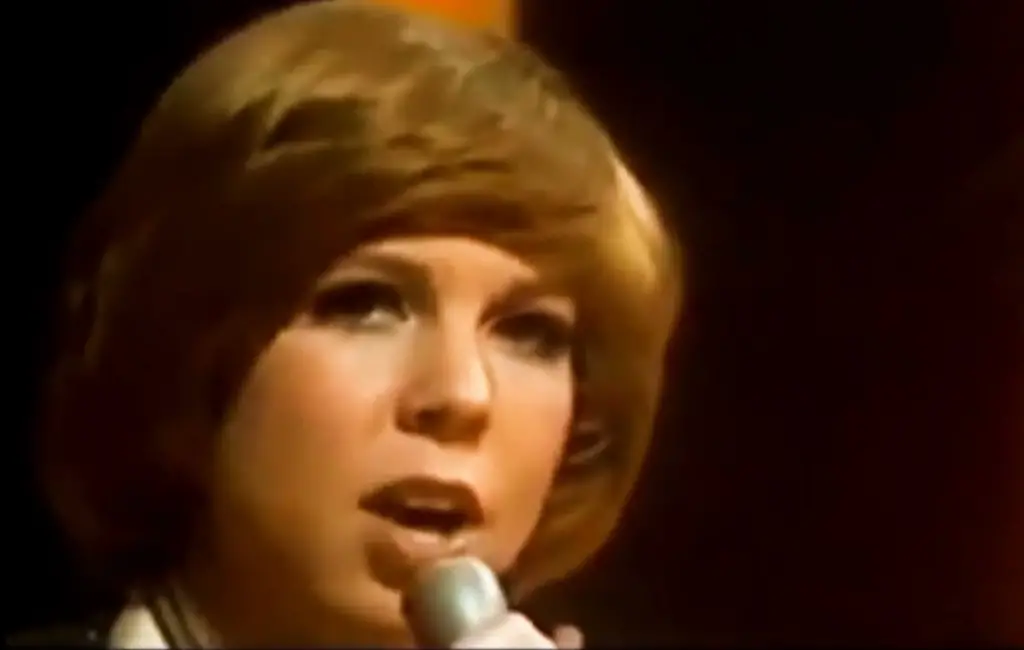
Released in 1972, “The Night the Lights Went Out in Georgia” became an unexpected hit for Vicki Lawrence, showcasing her vocal storytelling talent. The song tells the dramatic story of betrayal and justice, with a Southern Gothic twist that captivated listeners. Its dark, haunting melody and twist-ending narrative made it a standout hit in the early ’70s, reaching No. 1 on the Billboard Hot 100. The track’s combination of country, folk, and mystery struck a chord with audiences.
Though “The Night the Lights Went Out in Georgia” was a chart-topping success, it has since become somewhat overlooked in modern times. While still a favorite among fans of classic country, the song’s mysterious vibe is often overshadowed by other more widely recognized tracks. It remains a beloved piece of ’70s music history but is no longer a regular feature on mainstream country stations.
15. “Wild World” by Cat Stevens
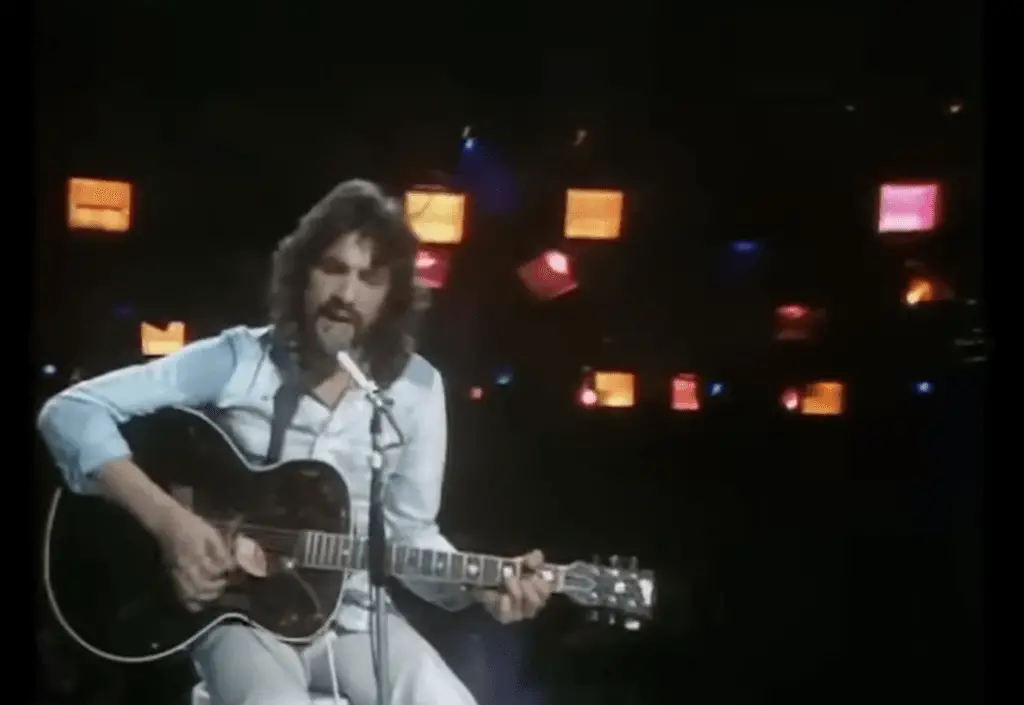
Released in 1970, “Wild World” was one of Cat Stevens’ biggest hits, capturing the turbulent yet hopeful vibe of the time. The song’s gentle acoustic guitar and reflective lyrics about the uncertainties of life made it an anthem for a generation facing social upheaval. Stevens’ soulful voice and the song’s simple yet profound message resonated with listeners around the world. It reached No. 11 on the Billboard Hot 100, solidifying Stevens’ place in pop and folk music.
Despite its success, “Wild World” has faded somewhat from the mainstream consciousness. While it remains a fan favorite and is occasionally played on oldies and folk stations, it no longer occupies the prominent cultural space it once did. The song’s gentle wisdom still resonates, but it’s often overshadowed by Stevens’ other, more iconic hits.
16. “Me and You and a Dog Named Boo” by Lobo
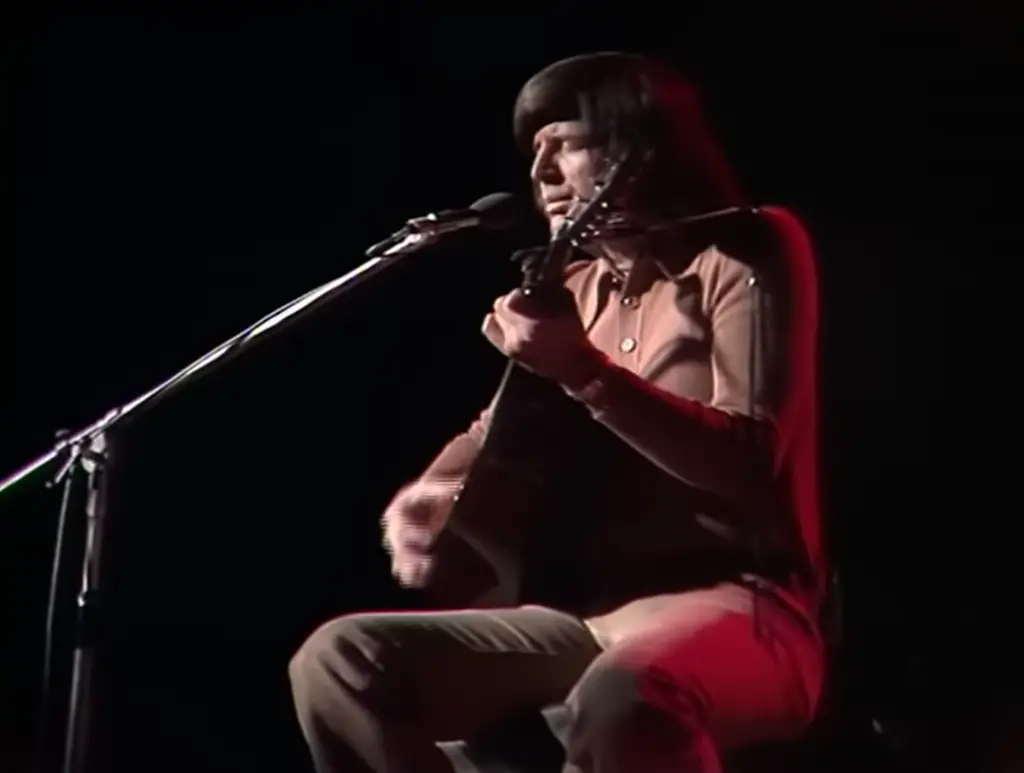
Released in 1971, “Me and You and a Dog Named Boo” became a nostalgic favorite thanks to its simple, heartfelt lyrics and catchy melody. The song’s playful yet poignant narrative about a man and his dog captured the carefree spirit of the early ’70s. It reached No. 2 on the Billboard Hot 100, making it one of Lobo’s most successful songs. The track’s lighthearted mood and catchy chorus made it a mainstay on radio stations at the time.
Today, “Me and You and a Dog Named Boo” is a largely forgotten hit, though it remains a soft rock classic. While still beloved by fans of easygoing ’70s tunes, it’s no longer a regular feature on mainstream radio. The song’s warmth and simplicity continue to evoke a sense of nostalgia, but its time in the spotlight has passed.
17. “It Never Rains in Southern California” by Albert Hammond
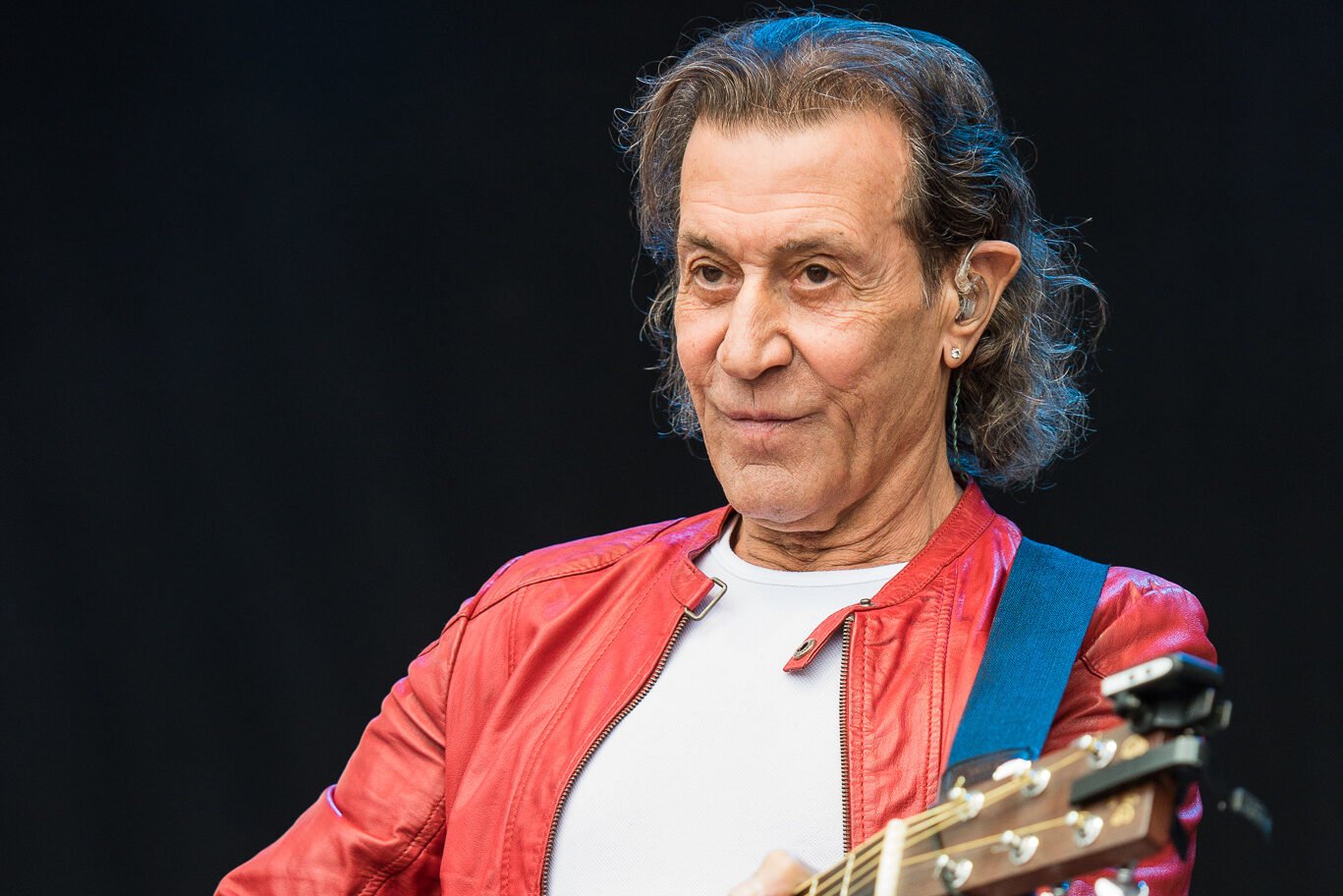
Released in 1972, “It Never Rains in Southern California” by Albert Hammond became a chart-topping success, blending folk rock with a pop sensibility. The song’s breezy melody and optimistic lyrics about a dreamer’s hopes and struggles in Hollywood resonated with listeners. Its catchy hook and catchy chorus made it an anthem for those facing life’s unpredictable ups and downs. The song reached No. 5 on the Billboard Hot 100 and became one of Hammond’s signature hits.
While “It Never Rains in Southern California” remains a favorite of classic rock and pop fans, it has faded somewhat from contemporary playlists. Though it still receives some airplay on oldies stations, the song is often overshadowed by other, more widely recognized tracks from the ’70s. Its cheerful, sun-drenched vibe still offers a touch of nostalgia, but it no longer captures the cultural attention it once did.
18. “Vincent” by Don McLean
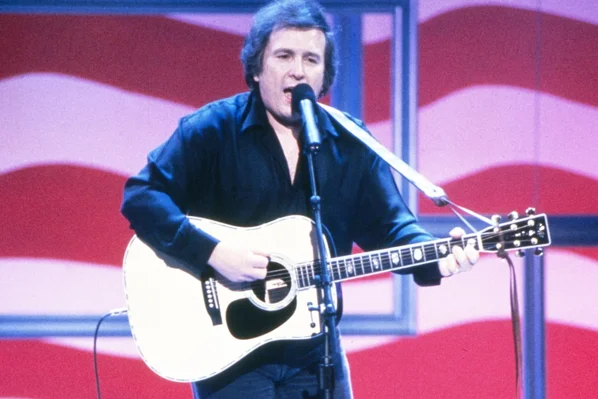
Released in 1971, “Vincent” became one of Don McLean’s most poignant and beloved songs. Inspired by the life and work of artist Vincent van Gogh, the song’s haunting melody and reflective lyrics painted a picture of the artist’s struggles with mental illness and isolation. The song reached No. 12 on the Billboard Hot 100 and became an enduring classic. McLean’s delicate delivery and the song’s deep emotional resonance made it a standout hit in the ’70s.
Despite its success, “Vincent” has faded somewhat from mainstream music discussions. While it remains a favorite among fans of McLean and classic ballads, the song is not as frequently heard today as it was in its prime. Its rich emotional depth still makes it an evocative piece of ’70s music history, but its mainstream popularity has waned over time.


